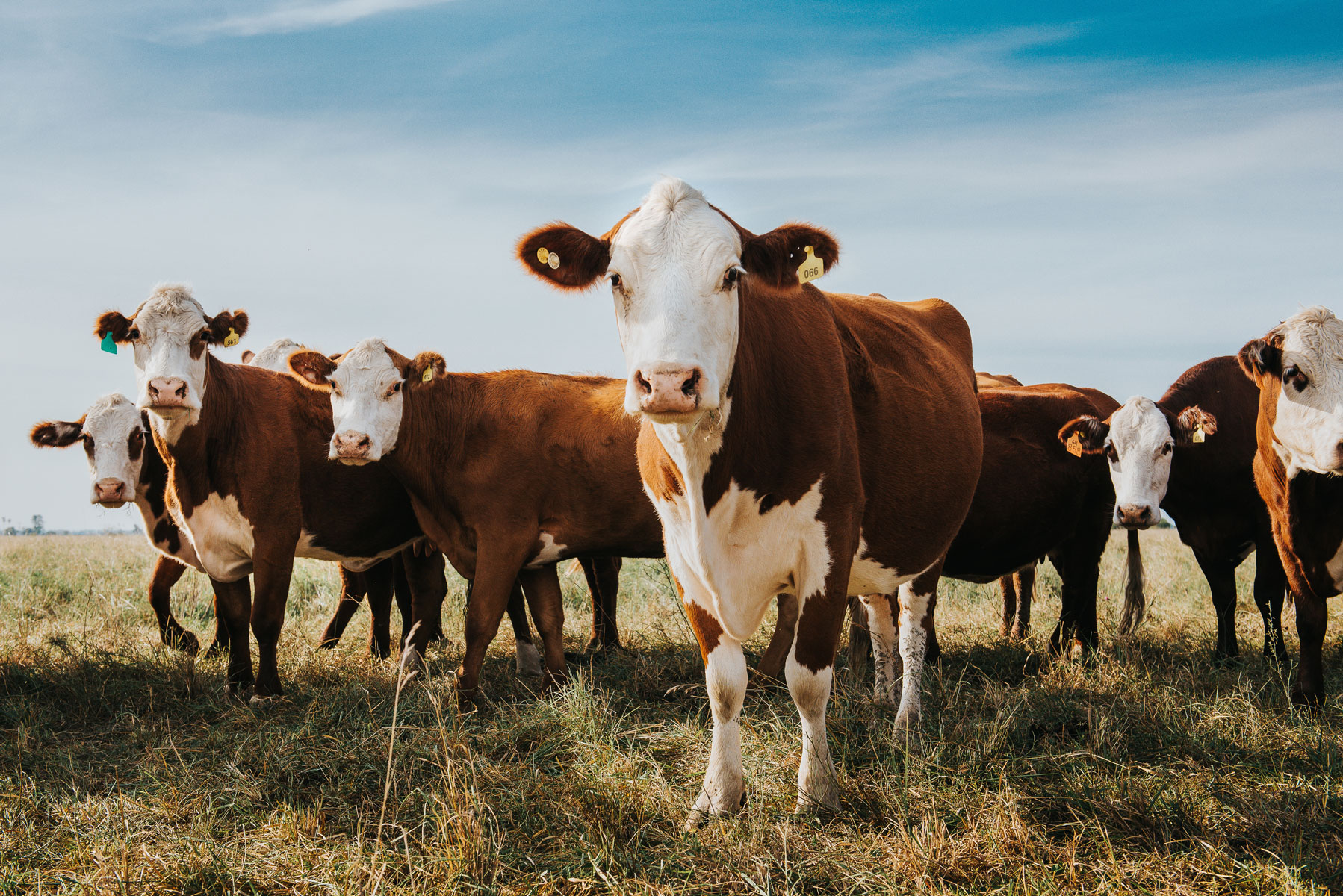Breast milk is known to provide a wide range of health benefits to both the mother and the baby. The WHO recommends exclusive breastfeeding for the first 6 months of an infant’s life and continued breastfeeding with complementary foods for up to 2 years of age. However, when breastfeeding is complicated or insufficient, it is important to have high-quality infant formulas available. Traditionally, infant formula is based on cow milk proteins. However, goat milk-based products are becoming increasingly popular as goat milk is considered to be more similar to human milk compared to cow milk.
Goat milk is naturally rich in important micronutrients, such as vitamins (A, B1, B2, B3) and minerals (calcium, phosphor, magnesium, zinc and iodine). Moreover, goat milk’s unique composition makes it extremely suitable for nutrition products for infants and growing children and people with specific dietary needs.
The 3 key differences of goat milk vs. milk of other mammalian species include:
- more similar to human milk than cow milk
- better digestibility
- beneficiary effects on gut health and immune system
Goat milk for easy digestion
Goat milk is quite different from cow milk when it comes to the individual fatty acids, fat composition, and protein profile.
Like human milk, goat milk forms softer curds in the stomach, which are easier to digest and are physiologically more apt for infant nutrition. Studies found that protein digestion of cow milk infant formula is delayed compared to goat milk infant formula and human milk. The protein digestibility of cow milk tends to be 5% lower compared to goat and human milk.
The dominant casein fraction in goat milk is β-casein. This is not only a wonderful source of protein, which is essential for growing bodies but also a good source of calcium – great for strong, healthy bones and teeth – as well as nutrients like iodine, riboflavin and vitamin B12.
Furthermore, it has been suggested that goat milk fat may have at least three significant contributions to human nutrition:
- goat milk fat may be more rapidly digested than cow milk fat because lipase attacks ester linkages of short- or medium-chain fatty acids more easily than those of longer chains
- these fatty acids have the unique metabolic ability to provide energy in growing children, and also exhibit beneficial effects on cholesterol metabolism
- they also have been therapeutically used in the case of childhood epilepsy and premature infant feeding
Goat milk may be less allergenic
Allergy to cow milk in infants and young children affects 2 to 3% of children. Although goat milk is similar to cow milk, evidence suggests that it is less allergenic than cow milk, although the precise incidence of goat milk allergy is unknown.
One factor contributing to the differences in allergenicity of goat and cow milk is the different profiles of caseins. Cow and goat milk both contain the 4 main casein classes: αS1-CN, αs2-CN, β-CN, and κ-CN, but the level of αS1-CN in goat milk may range from high (7 g/L), to medium (3.2 g/L), low (1.2 g/L), or absent, depending on the polymorphism of the gene. Studies suggest that goat milk with low levels of αS1-CN may reduce the allergenicity of milk. Cows only have high levels (∼12 g/L) of this casein.
Goat milk for gut health and a strong immune system
Formulas based on goat milk have 4-5 times higher naturally occurring levels of nucleotides, the building blocks of DNA. Nucleotides from dietary sources have been suggested to have important physiological roles in gastrointestinal development and the immune function of infants.
Human milk contains an abundant supply and diverse array of oligosaccharides that are known to impart significant health benefits to the nursing infant including the establishment and maintenance of healthy gut microflora, immune development and protection against gastrointestinal infections. Oligosaccharides levels in goat milk are clearly lower than in human milk but higher than in other domesticated dairy animals. Oligosaccharides naturally present in goat milk are structurally similar to those found in human milk.
Did you know? Quality is the most important factor when selecting our goat milk suppliers. We source the highest-quality goat milk to bring you milk derivatives from the Alpine region. Prolactal offers many goat products and several of organic quality. Get in touch now and learn more about the nutritional benefits of goat dairy and our goat dairy ingredient portfolio.
https://www.prolactal.com/en/contact/






